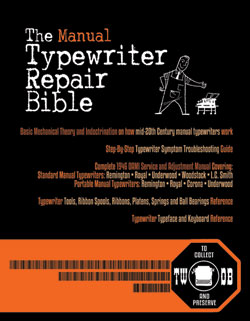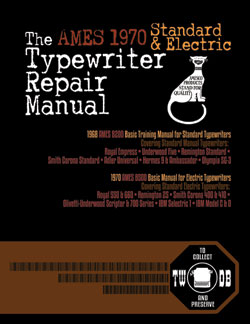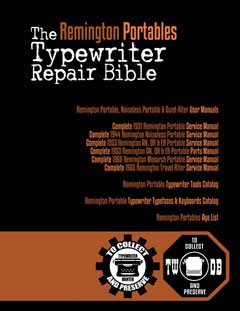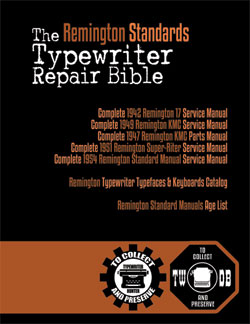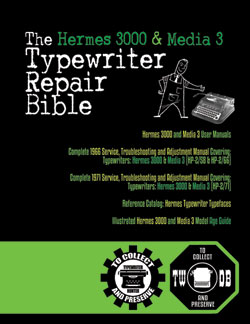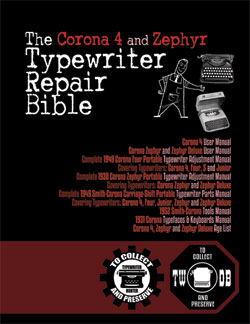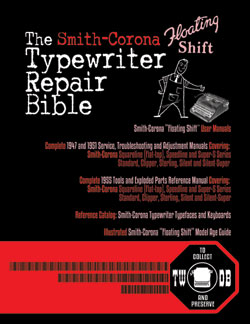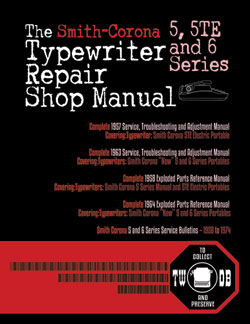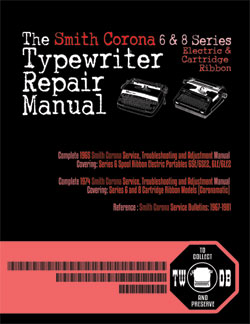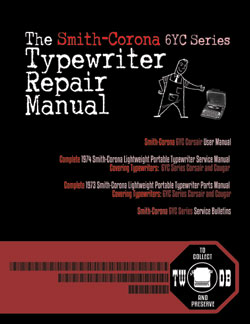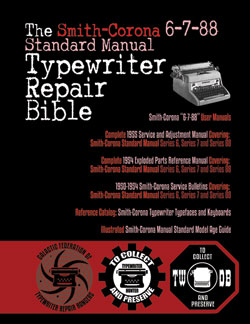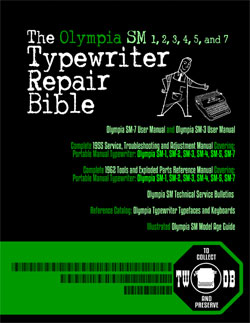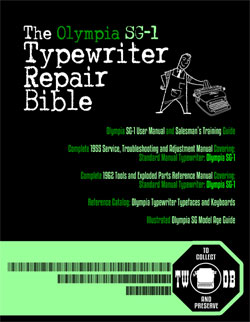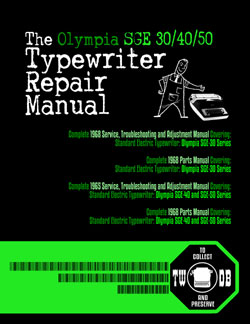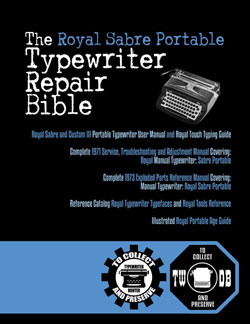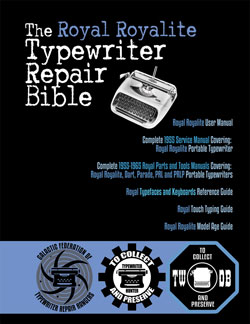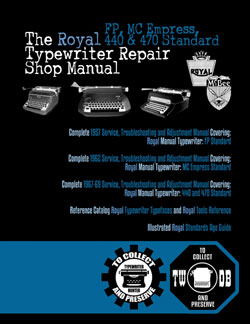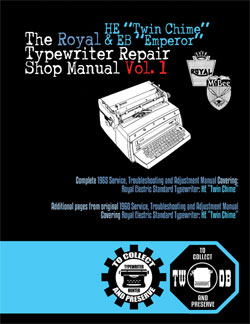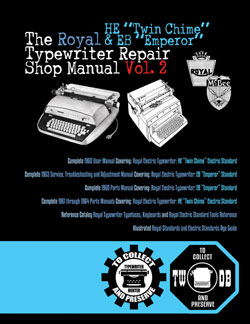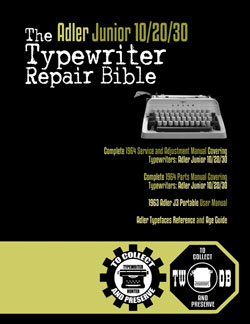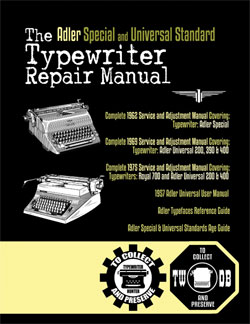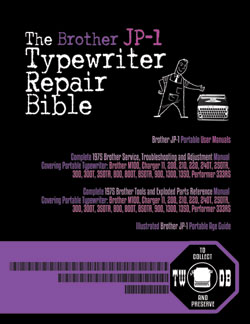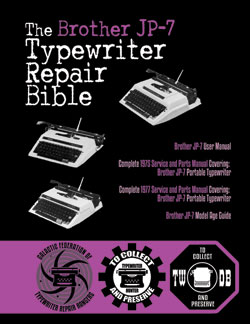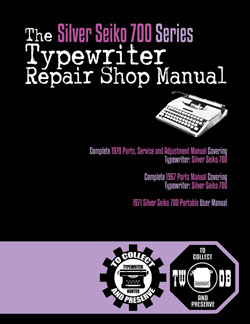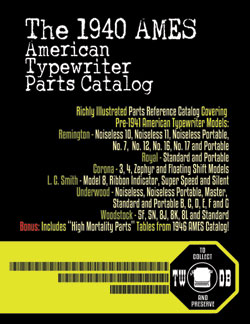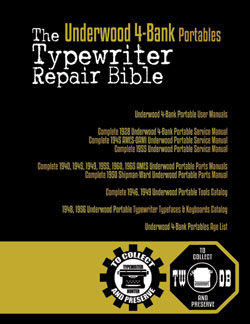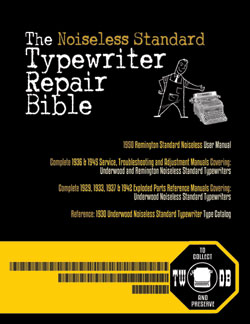1929 Olivetti M20 #73025
Status: My Collection
Hunter: Francesco Menara (francescomenara)
Created: 12-07-2022 at 10:21AM
Last Edit: 12-07-2022 at 10:23AM
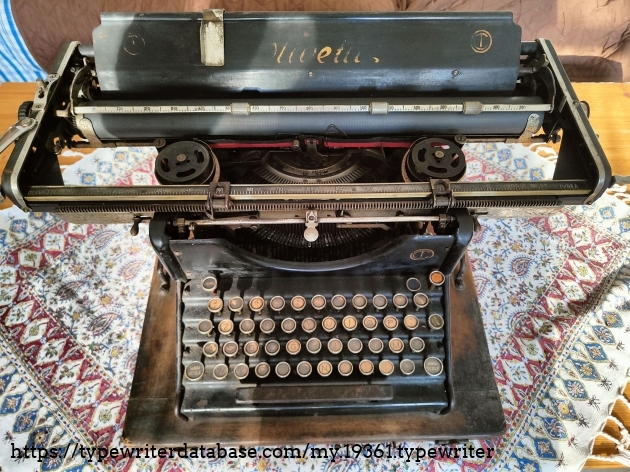
Description:
ITALIAN DESCRIPTION BELOW – DESCRIZIONE IN ITALIANO IN BASSO
The Olivetti M20 was produced between 1920 and 1933 and was the second typewriter ever made by Olivetti. It replaced the M1 model, which in fact was a lot more complicated than contemporary typewriters (like Remingtons or Underwoods) to avoid using patented technologies, which the two American manufacturers, who had good sale numbers in Italy, wouldn’t have sold to Olivetti for a reasonable amount. When the patents’ validity ceased in 1920, Olivetti’s engineers already had the projects for a simpler, faster, cheaper and more easy to repair typewriter: the M20. Some patents still must have been valid, as we can see from the picture of the machine’s back. It was the first typewriter ever with fixed guide carriage, which means that capital letters weren’t obtained by shifting the carriage, but the basket. This system, which was absolutely innovative, not only reduced the necessary effort to press the shift key, but also permitted a simpler carriage mechanism and a more precise writing. It took years for foreign manufacturers to adopt this solution and some never used it for economical reasons, especially on portable machines. My M20 belongs to the second series with black resin (broken) knobs, while the first one had brass ones.
This machine is the eldest of my small collection. It was given to me from a person who had to empty his old father-in-law’s house. The owner was a teacher, but he probably bought the typewriter second-hand, seeing the wide carriage and that some paint is missing around the body’s screws, which suggests that they have been loosen and tightened a lot of times, which was quite common in offices: companies bought fleets of typewriter including yearly maintenance contracts so that they were disassembled and completely cleaned once a year. This could explains why this typewriter writes really well for being 93 y.o.; for example, the platen’s rubber is still soft and the paper isn’t damaged or deformed in any way. I’ve seen typewriters with a third of its years doing that. However, it was in awful conditions, absolutely dirty and had a lot of rust when it came home. A complete restoration was not worth the money. I have the skills to work on it, it isn’t a complicated machine, lacking event the tabulator and the silent carriage return device (which was mounted only on the first specimens), but because of its conditions, with rust that came off even from the screws, I decided to entrust this job to a technician, which removed most of the rust and cleaned and lubricated the mechanics, making her writing again. I cleaned the keys, which were full of mildew, but a complete keyboard papers’ replacement will be required, also for hygienic reasons; I also cleaned the paint, which will be polished in the future, and the chromed parts, and treated with some impregnation its original Tuscan walnut base. The knobs will be rebuilt with a 3D printer.
L’Olivetti M20 è stata prodotta tra il 1920 e il 1933 e fu il secondo modello di macchina per scrivere commercializzato da Olivetti. Rimpiazzò la M1, la quale era molto più complicata dei modelli della concorrenza (come le Remington e le Underwood) per evitare l’utilizzo di tecnologie brevettate che i due produttori americani, le cui vendite in Italia procedevano a gonfie vele, non avrebbero mai venduto a una cifra ragionevole a Olivetti. Quando tali brevetti scaddero nel 1920, gli ingegneri dell’Olivetti avevano già pronto il progetto per una macchina più semplice, veloce, economica da produrre e facile da riparare. Ha il merito di essere al prima macchina per scrivere con carrello a guida fissa, il che significa che le maiuscole non erano ottenute col movimento del carrello, ma del cestello portacaratteri. Questo sistema, assolutamente innovativo, non solo riduce lo sforzo necessario sul tasto delle maiuscole ma permette anche un meccanismo del carrello meno complicato e una scrittura più precisa. Serviranno anni perché i produttori stranieri adottino questa soluzione e alcuni di essi non l’hanno mai adottata, specie su piccole portatili. La mia M20 appartiene alla seconda serie con manopole (rotte) in resina nera, mentre la prima le aveva in ottone.
Questa macchina è la più antica della mia piccola collezione. Mi è stata data da una persona che stava sgomberando la casa del suocero; il proprietario era un insegnante, ma è probabile che l’abbia presa di seconda mano, vedendo il carrello largo e che della vernice attorno alle viti della carrozzeria è mancante, il che suggerisce che siano state strette e allentate diverse volte, il che negli uffici era piuttosto comune: le aziende che compravano flotte di macchine per scrivere comprensive di contratti di manutenzione annuale, per cui una volta all’anno venivano completamente smontate e pulite. Questo spiega il perché questa macchina scriva così bene per avere 93 anni; per esempio, la gomma del rullo è ancora morbida e la carta non viene danneggiata o deformata in nessuna maniera durante la scrittura. Ho visto macchine con un terzo dei suoi anni farlo. Per contro, era in condizioni pietose, molto sporca e con un sacco di ruggine, quando l’ho portata a casa. Un restauro completo non valeva la spesa. Avrei avuto le abilità per metterci le mani, non si tratta di una macchina complessa, anzi, manca perfino del tabulatore e del meccanismo silenziatore del ritorno del carrello (installato solo sui primi esemplari), ma a causa delle sue condizioni, con ruggine che saltava fuori perfino dalle viti, ho deciso di affidare questo lavoro a un tecnico che ha rimosso la maggior parte della ruggine e pulito e lubrificato la meccanica, permettendole di scrivere di nuovo. Io ho pulito i tasti, che erano coperti da un dito di muffa, ma sarà necessaria una ricostruzione completa dei dischetti di carta sotto ai vetrini, anche per ragioni igieniche; ho anche pulito la vernice, che in futuro sarà lucidata, e le parti cromate, e trattato con impregnante il suo tavolo originale in noce toscano. Le manopole verranno ricostruite con una stampante 3D.
Typeface Specimen:
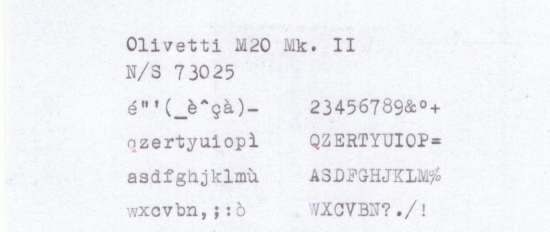
Photos:
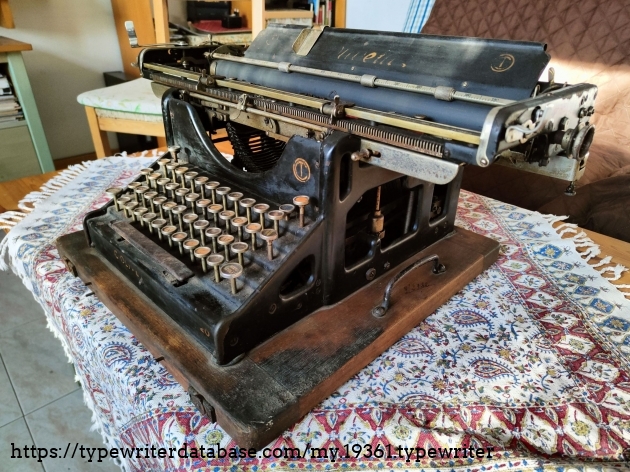
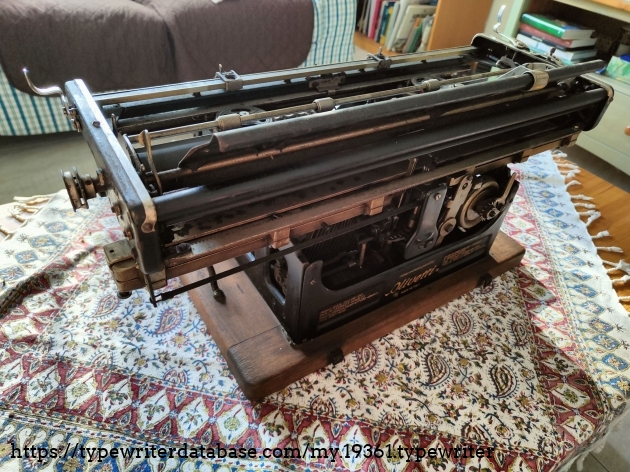
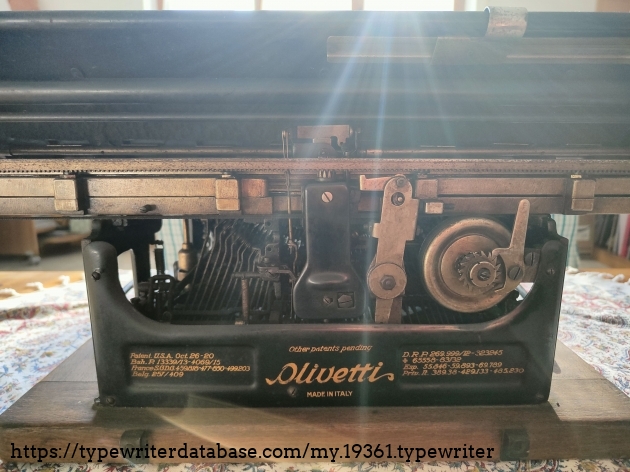
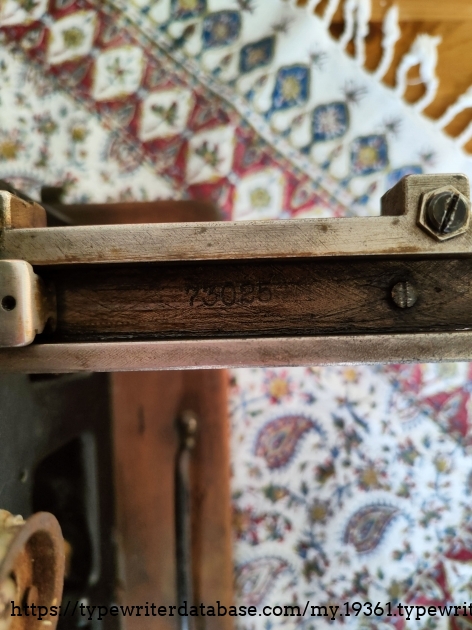
Hunter: Francesco Menara (francescomenara)
Francesco Menara's Typewriter Galleries [ My Collection ] [ My Sightings ]

Status: Typewriter Hunter
Points: 181
Bologna, 20 yo.
Mechanical engineering student.
Typewriter user since 2015.
I'm not a collector. They follow me and moltiplicate.
Sometimes they even come out from the rubbish bin. And ask for adoption.
RESEARCH NOTE: When researching the Olivetti M20 on a computer with lots of screen real estate, you may find that launching the Olivetti Serial Number page and the Olivetti M20 By Model/Year/Serial page in new browser windows can give you interesting perspectives on changes throughout the model series.
